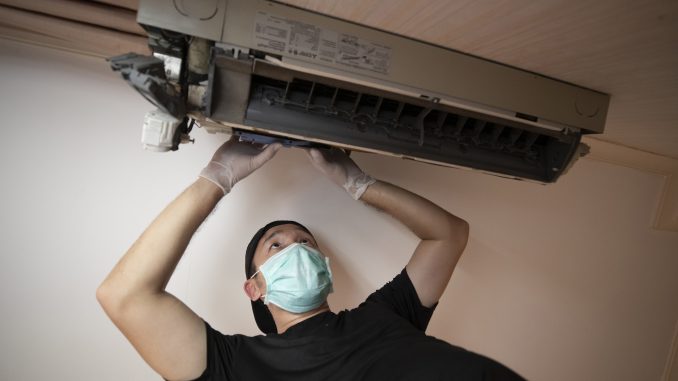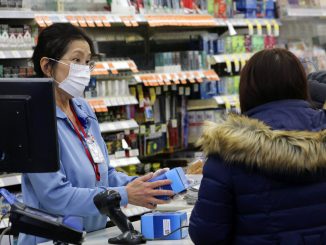
Edward Nardell, professor of medicine and of global health and social medicine at Harvard Medical School and professor of environmental health and of immunology and infectious diseases at the Harvard School of Public Health, said air conditioning use across the southern U.S. may be a factor in rising COVID-19 cases.
Nardell said hot summer temperatures can create situations similar to those in winter, when respiratory ailments tend to surge, driving people indoors to breathe — and rebreathe —air that typically is little refreshed from outside.
“The states that, in June, are already using a lot of air conditioning because of high temperatures are also the places where there’s been greater increases in spread of COVID-19, suggesting more time indoors as temperatures rise,” Nardell said in an interview with The Harvard Gazette. “The same [thing] happens in wintertime, with more time indoors.”
Airborne transmission, Nardell says, would make people even more vulnerable to the virus in a closed room. Nardell said in an office occupied by five people, with windows closed and air conditioners turned on, CO2 levels rise and occupants are rebreathing air in the room from each other.
The Centers for Disease Control and Prevention published a research letter in July, saying an outbreak in late January and early February affected 10 people from 3 families who had eaten at the same air-conditioned restaurant in Guangzhou, China.
Nardell said germicidal lamps, which were proven effective in protecting against tuberculosis infection, have already been used to combat COVID-19.
“Where [the lights] should be considered in the upcoming resurgence … would be, obviously, in a health care setting, but also in public buildings such as stores, restaurants, banks, and schools,” Nardell said. “We need to know where transmission is occurring to know where they should go.”
Nardell cautioned, however, that the lights cannot be used in close-contact settings such as nursing homes.
More than 200 scientists earlier this week called for the World Health Organization and others to acknowledge that the coronavirus can spread in the air — a change that could alter some of the current measures being taken to stop the pandemic, according to The Associated Press.


